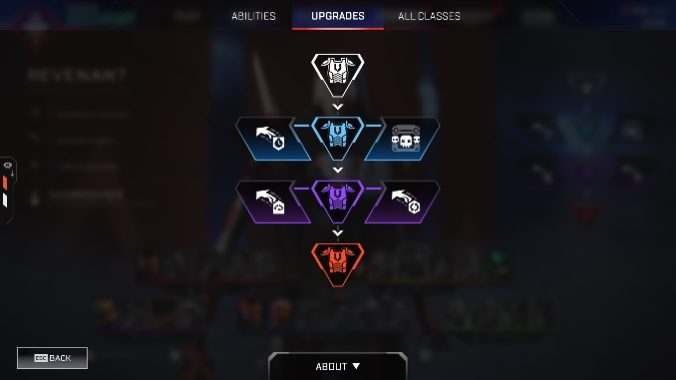Apex Legends Celebrates Five Years with Season 20 and Several Changes

It’s a bit hard to believe, but Apex Legends is five years old this month. Five years is more than most live games get. These days a game is lucky to even make it a single one. I could’ve told you Apex Legends would be a hit when it came out, but I don’t know that I would’ve predicted this kind of success for it back in 2019. And in its fifth year, Apex Legends is refusing to stay still, continuing to morph under its players’ feet to stay ahead of the game. I recently got a hands-off preview of its upcoming 20th (!!) season, and though it may not introduce a new hero, the team at Respawn sees this as yet another in a long line of opportunities the studio has given itself to reinvent the game.
In 2019, Apex Legends stood apart for not being just another battle royale. Legends like Gibraltar and Lifeline made it so that you weren’t just another gun on the battlefield. An emphasis on trios and the interplay between character abilities called for strategy beyond expert gunplay. The ping system revolutionized communications in a notoriously toxic field, even if it didn’t entirely solve the problem . And ever since, Respawn has continued to build upon that foundation with new arenas, map changes, fresh additions to the armory (as well as endless fine tuning), and new characters. Along the way, the game even began offering more compartmentalized modes that broke away from the battle royale’s core tenets, like a one-life Elimination mode rooted in Counter-Strike that was ripped from us too soon. Eventually, Apex Legends grew a little too big, prompting the team to slow the high-level additions it was making in order to make smarter calls for the health of the game, like extensively overhauling characters like Revenant. The game’s 16th season reworked the entire class system that’d been in place for years. Season 20, also known as Breakout, continues this streak, introducing a host of changes that double down on the evolving vision for the future and health of Apex Legends .
Most prominent among the changes coming to Apex Legends is what the team are calling “Legend upgrades.” In much the same way that players can currently level up their shields by racking up damage and eliminations, players will now be able to gain levels throughout the match—a feature commonly seen in MOBAs like League of Legends , and even other battle royales like Fortnite —earning passive skills and modifying them to their existing ones. For example, Mad Maggie’s ultimate will have an upgrade that gives it fire properties that linger after it’s already been thrown and explodes. Another allows a character to pick up a fallen teammate with more base health. Skills will be forced out in choices at the second and third armor and Legend levels, which are now tied together since body armor has been removed from the game as ground loot and is now part of your kit. Players will begin rounds with base level white body armor, eliminating an aspect of the early game scramble and placing stronger emphasis on getting into direct action in order to grow stronger and win, rather than chance upon great loot and hide until the end of the game to do anything.

Levels can be earned by damage and eliminations, but also by exploration. Interacting with harvesters, which are being littered around the maps—Ed Acostini, a world director on the team, confirmed Storm Point, Olympus, and World’s Edge would be the maps on rotation this season—and caches, as well as carrying out class actions like hacking radars on recon will yield Evo experience. The changes to the base BR experience don’t end there. Crafting materials are being focused from the game, and the replicators you’d use them at are having their pool of craftable loot pared down to the basics—shields, ammo, healing, and team banners. For folks who play at slightly higher levels than the average Apex players, shield swapping has been fundamentally retooled to correspond with the changes made to Evo progression and Legend upgrades. In the spirit of fairness, players who are fully dead will now drop shield cores that match their level and restore shields based on your level relative to them. For example, a blue shield (which is the second level) will heal the entirety of your shield if it is also blue, or a portion of it if you’re at a higher level. If you pick up a shield core of a higher level than yours, you will not only restore your full armor, but be granted an overshield on top of it.
Many of these changes strike me as smart innovations on the relatively sturdy ground Apex Legends has always stood on. Some of them, like one designer teasing that the popular Digital Threat weapon sight will be removed from submachine guns, seem primed to light a fire under the playerbase. Metas form and evolve, and it’s great to see the game rise to meet them in such a grand way. Not to mention, the Legend upgrades allow for a new degree of customization that could shake up how many of us have come to play our favorite characters over the last several years. Supposedly, they should even allow the team to be able to better pinpoint places where tweaks should be made, and allow them to tune While routine can be great, and Apex Legends could’ve coasted on it, it’s exciting to see one of the biggest players unafraid to shake it off and continue to experiment with the core formula without necessarily alienating those who’ve stuck by it.


